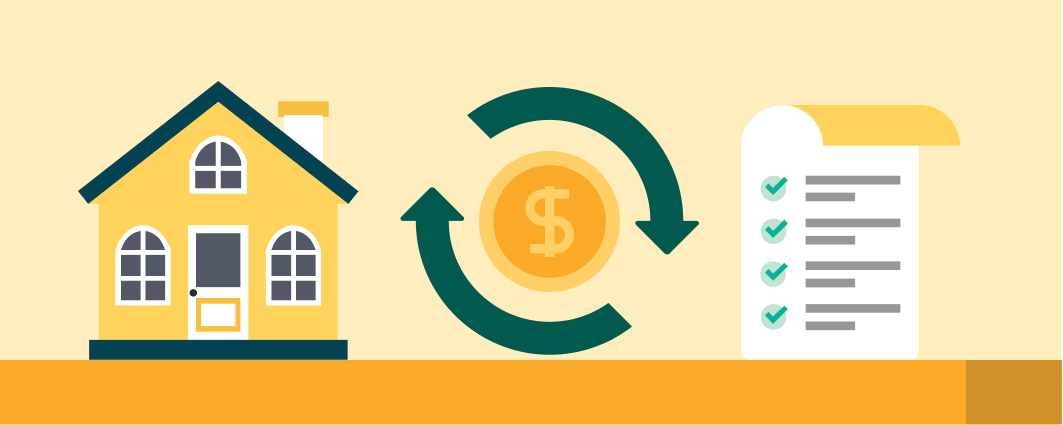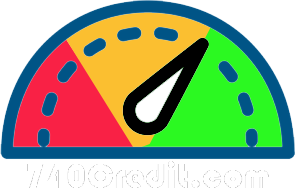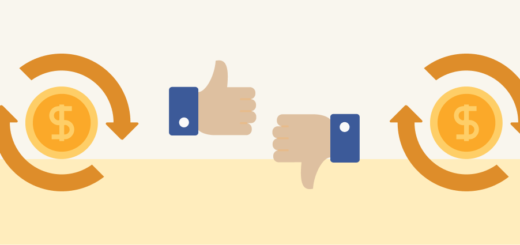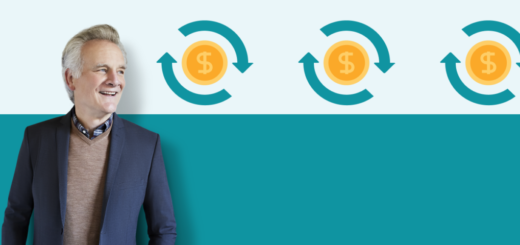An Overview of Refinancing an FHA Loan to a Conventional Loan
Our goal is to give you the tools and confidence you need to improve your finances. Although we receive compensation from our partner lenders, whom we will always identify, all opinions are our own. Credible Operations, Inc. NMLS # 1681276, is referred to here as “Credible.”
Homebuyers who don’t have a large down payment or a high credit score often rely on FHA loans to become homeowners. However, refinancing from an FHA loan to a conventional loan may save you money in the long run if your finances are stronger now.
Here’s how lenders will look at your eligibility for a conventional refinance — and how you can decide whether switching from an FHA loan to conventional loan is right for you:
Can you refinance an FHA loan to a conventional loan?
Yes, it’s possible to refinance from an FHA loan to a conventional loan. If you currently have a home loan insured by the Federal Housing Administration, there’s a good chance your credit score was too low to qualify for a conventional mortgage. That’s common for new buyers.
However, if your credit has improved, you might be able to qualify for a conventional loan now. Credible can help you compare refinance rates
Find My Refi Rate
Checking rates will not affect your credit
How soon can I refinance an FHA loan to a conventional loan?
You can refinance an FHA loan to a conventional loan as soon as you qualify. Fannie Mae and Freddie Mac, the two major entities that set standards many conventional lenders follow, don’t have seasoning requirements (waiting periods) for rate-and-term refinances.
Some refinance loans do require you to wait a certain number of days after taking out your initial home loan before you can refinance. An FHA streamline refinance, for example, has a 210-day waiting period. A conventional cash-out refinance, meanwhile, has a six-month seasoning requirement in most cases.
See: How Soon You Can Refinance: Typical Waiting Periods By Home Loan
How to refinance from FHA to conventional
If you want to refinance from an FHA mortgage to a conventional mortgage, follow these steps:
1. Determine why you want to refinance.
Knowing whether you want a lower interest rate, lower monthly mortgage payments, or both, and how long you plan to keep your loan, will help you determine what type of conventional home loan to apply for. You’ll have many options, from 30-year, fixed-rate loans to 5/1 adjustable-rate mortgages (ARM).
2. Apply for the same loan type with multiple lenders.
For example, apply for a 30-year, fixed-rate loan with each lender. This way, you’ll be able to accurately compare mortgage rates and fees and see which lender can offer you the best value.
3. Evaluate loan offers.
Each lender you apply with is legally required to give you a Loan Estimate. This standardized document lays out all the terms of the loan you’ve qualified for, including the interest rate and an itemized list of closing costs. You’ll then be able to select the loan that best suits your goals.
4. Pass underwriting.
Once you choose your lender, you’ll go through underwriting. You’ll submit documents, often electronically, that support the income and assets you claimed on your application. The underwriter will review these documents (which usually include tax returns, recent pay stubs, and bank statements) to make sure you’re fully qualified and the loan can close.
Requirements for refinancing from an FHA loan to a conventional loan
Typically, these are the minimum requirements you’ll need to meet for a conventional loan:
- 620 credit score
- 43% DTI ratio
- 3% home equity
- History of steady income that’s expected to continue
Should I refinance my FHA loan to a conventional loan?
The main reason to refinance from an FHA loan to a conventional loan is, not surprisingly, to save money. But there are other pros and cons to consider.
Pros of refinancing from FHA loan to conventional
Lower your interest rate
Since conventional loans have higher credit score requirements, you might qualify for a lower rate now if your credit has improved since you closed on your FHA loan. Your overall financial picture and market conditions will also affect your rate.
Eliminate monthly mortgage insurance premiums (MIPs)
When you take out an FHA mortgage, you’re locked into paying monthly mortgage insurance premiums for either 11 years or the life of the loan, depending on how much you put down. With a conventional loan, you might have to pay private mortgage insurance (PMI) until you have 20% equity, but then you’ll be free from this monthly expense.
Learn More: How to Get Rid of FHA Mortgage Insurance
Avoid paying the upfront mortgage insurance premium (UFMIP)
You could refinance into another FHA loan, but you’d have to pay another upfront mortgage insurance premium. You might be eligible for a reduced UFMIP if it hasn’t been more than three years since you took out your existing loan, but otherwise, you’ll be responsible for the full amount.
Cons of refinancing from FHA loan to conventional
Closing costs
Closing costs are part of any mortgage refi. You’ll be responsible for a loan origination fee, title search and title insurance fees, the cost of an appraisal, and closing services. These costs can total thousands of dollars; they’re typically 2% to 5% of the loan amount. You may be able to lower them by paying a higher interest rate.
PMI
If you don’t yet have 20% equity, you’ll usually have to pay PMI with a conventional loan until you hit that magic number. You’ll want to consider how much PMI will cost compared to MIPs in both the short run and the long run.
Stricter requirements
You might find it harder to qualify for a conventional loan than an FHA loan if you had trouble qualifying for a home loan before and your finances haven’t improved much. If you’re not happy with the conventional refinance offers you’re getting, consider applying for an FHA refinance to see how the rates and fees compare.
Check Out: Should You Refinance Your FHA Loan?
Alternatives to refinancing to a conventional loan
Refinancing your FHA loan into a conventional loan is just one of your refinance options. An FHA streamline refinance could be an excellent alternative, especially if your home’s value has gone down or your income has decreased.
The FHA has minimal underwriting requirements for this type of refinance. You also won’t have to pay for a home appraisal. Streamline refinancing generally means less paperwork and less hassle.
In general, you’ll need to meet these requirements to qualify for an FHA streamline refinance:
- You’ve had your FHA loan for at least 210 days
- You’ve paid your mortgage on time for at least the last six months (one 30-day late payment may be acceptable)
- You’re not cashing out any equity
- The home will be your primary residence, secondary residence, or an investment property
- Your new loan won’t extend your loan term by more than 12 years
- The loan will benefit you financially in one of two ways:
- Your new monthly payment will be at least 0.5% lower, or
- You’ll be refinancing from an adjustable-rate loan to a fixed-rate loan




